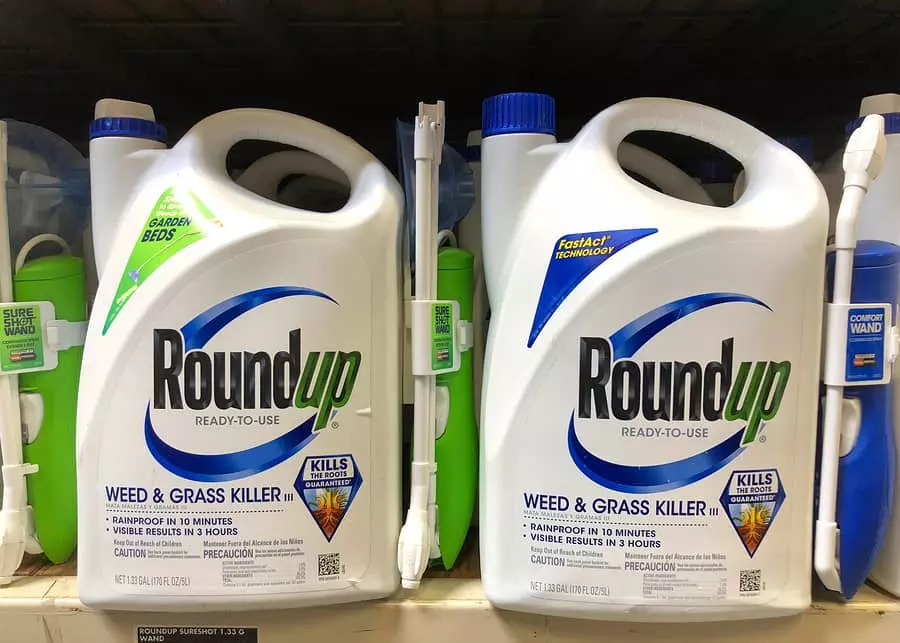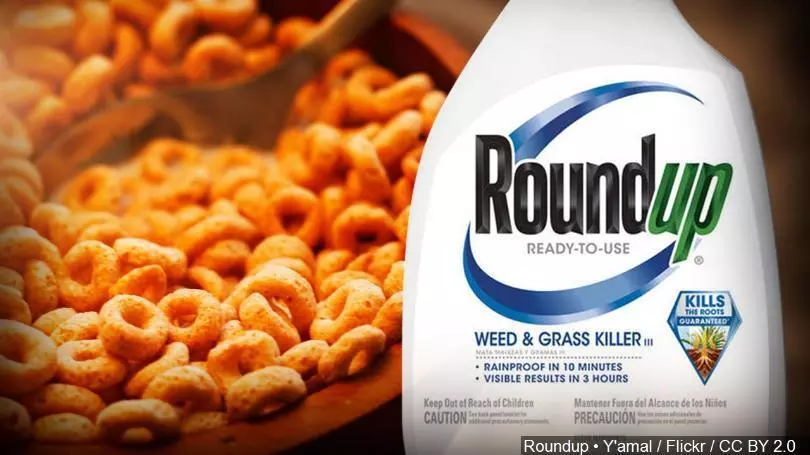Choosing Your Mass Tort Attorney
Countless Americans claim that Monsanto has lied about the popular herbicide Roundup’s safety. Exposure to their product might cause non-Hodgkin’s lymphoma, a lethal type of cancer. The company allegedly failed to warn the public about the toxic effects and downplayed the risk and of glyphosate, forcing many to file a lawsuit to seek compensation. If you are an agricultural laborer, farmer, landscaper, or any type of professional who may have been exposed to Roundup, we’re here to help you file a claim.
For a free legal consultation with a roundup lawyer serving Denver, call (303) 465-8733
Why You Should Call Jordan Law Today
The attorneys at Jordan Law are members of some of the most prestigious lawyer organizations in the country and boast a terrific reputation among the best consumer rights advocates in the United States.
Our winning team of lawyers is here to protect you from negligent companies. Contact us today to receive a free and fully confidential consultation.
The company allegedly downplayed the risk and failed to warn the public about the toxic effects of their product. If you are a gardener, farmer, agricultural laborer or any other type of professional who may have been exposed to glyphosate, you may be eligible to receive a monetary compensation.







